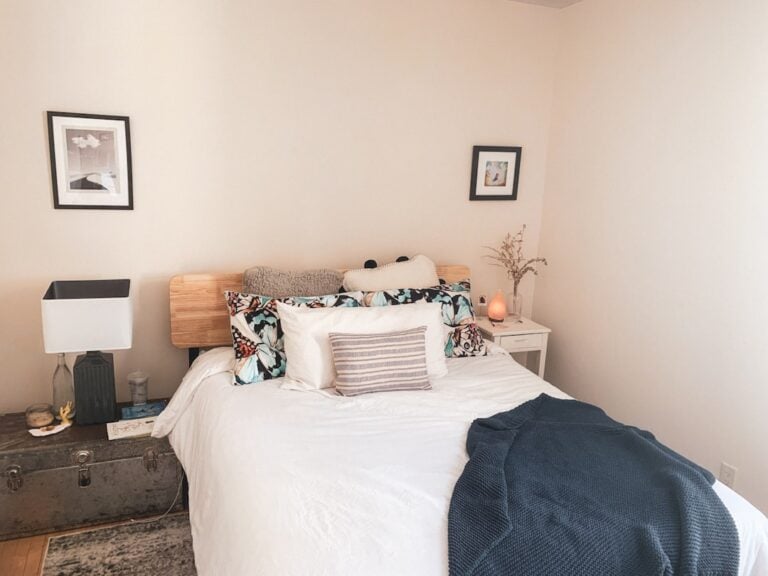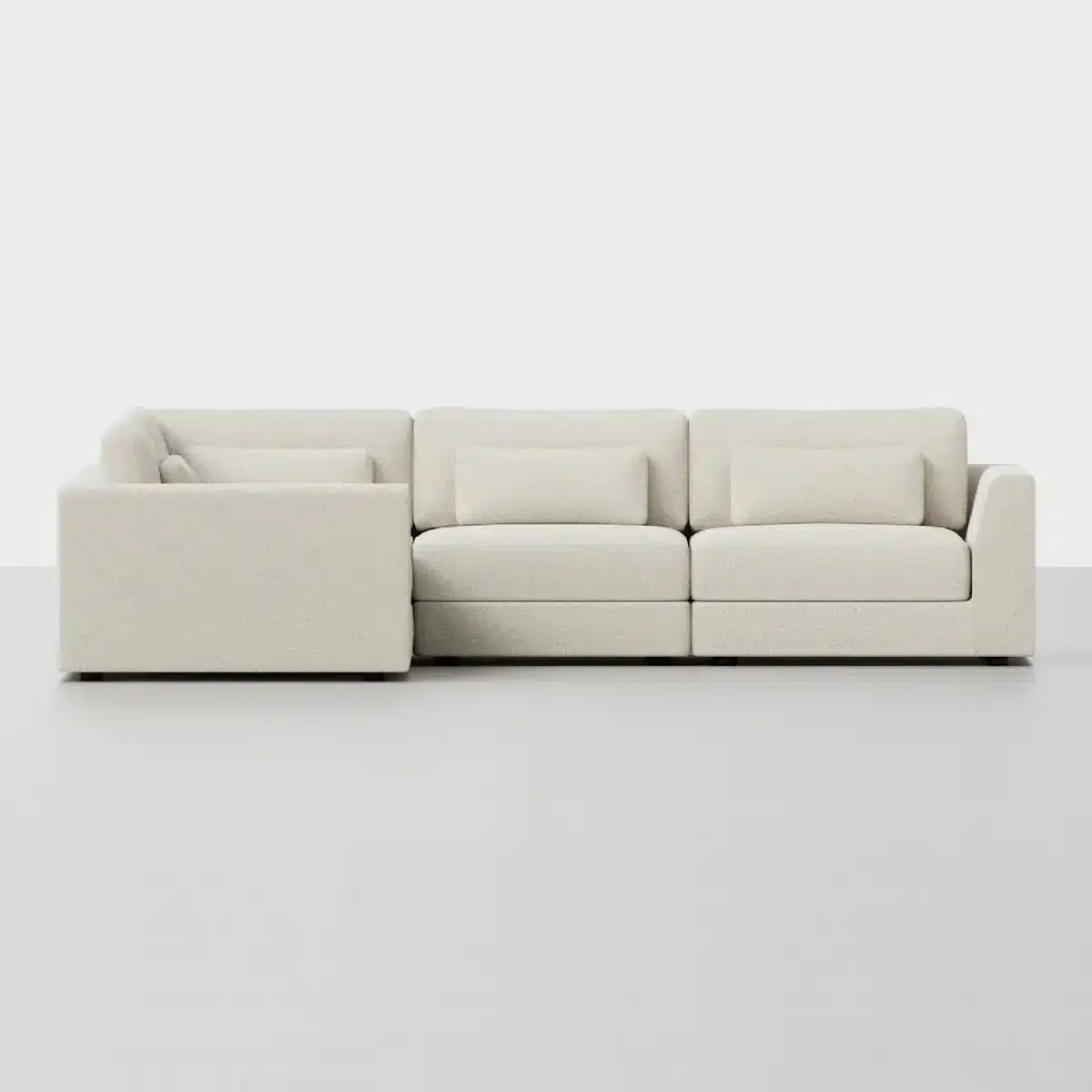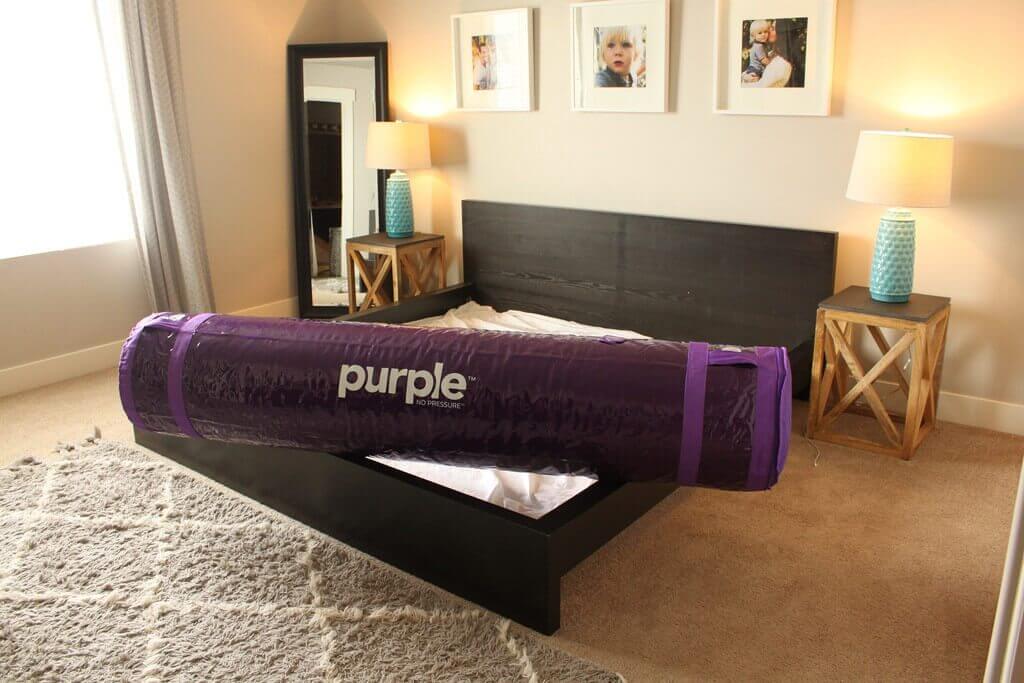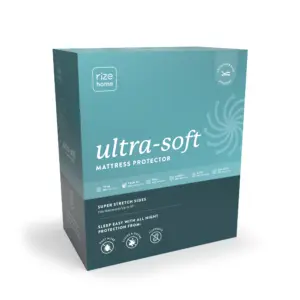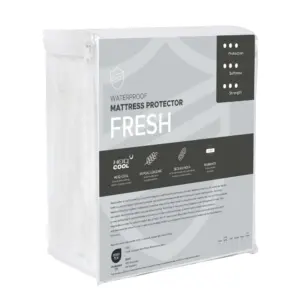How Calming Colors Can Help You to Sleep Better
Creating a restful sleep environment goes beyond simply turning off your electronics. The colors in your bedroom can play a pivotal role in influencing your sleep quality. Calming colors can significantly enhance your ability to relax and drift into a peaceful slumber. If you’re looking to redefine your bedroom into a haven of tranquility, consider these essential calming colors.
The Impact of Colors on Sleep Quality
Understanding how colors can affect your mood and emotional well-being is crucial for fostering an atmosphere that encourages restful sleep. Different hues can evoke specific feelings and reactions, making it important to choose wisely. Let’s explore the best colors that help you sleep better:
Blue: The Ultimate Calming Color
Blue reigns as one of the most soothing colors, linked to calmness and serenity. Numerous studies demonstrate that people residing in blue-hued bedrooms often experience longer sleep durations—averaging nearly eight hours a night. The calming properties of blue lower heart rates and stress levels, paving the way for restorative rest.
Green: A Touch of Nature
Green, reminiscent of lush landscapes, evokes tranquility and renewal. This soothing color not only fosters a serene atmosphere but also diminishes anxiety. Its non-stimulating essence helps maintain a peaceful mindset, making it easier to transition into sleep. By surrounding yourself with shades of green, you instantly invite the rejuvenating effects of nature into your sleeping space.
White and Light Gray: Timeless Serenity
White and light gray are excellent neutral choices that establish an expansive and hygienic feel in your bedroom. These colors help reduce mental distractions, allowing for a clutter-free mind. Their versatility also permits the incorporation of accent colors, amplifying the calming effect of your space.
Beige and Cream: Warmth and Comfort
Warm, inviting shades like beige and cream create a cozy aura in your bedroom. Often associated with Feng Shui principles, these colors help cultivate a balanced and harmonious environment. They can be elegantly paired with varying accent colors to enhance your personal sleep sanctuary, ensuring that your space is both inviting and calming.
Light Pink: Nurturing Vibes
Light pink, characterized by its gentle and nurturing qualities, can significantly aid in creating a tranquil environment. This color promotes feelings of comfort and security, ideal for winding down after a hectic day. By incorporating light pink alongside soft whites and silvers, you can develop a soothing atmosphere that encourages relaxation.
The Science Behind Colors and Sleep
Calming colors are not just aesthetically pleasing—they have tangible effects on our physiological and psychological well-being. Let’s delve deeper into the science behind this phenomenon.
Color Psychology
Color psychology studies how colors influence our emotions and behavior. Each color elicits different emotional responses, which can either enhance or inhibit your ability to relax. For instance, bright colors like yellow may evoke cheerfulness but can also be overly stimulating when you’re trying to unwind.
Circadian Rhythm and Melatonin Production
Your body operates on a natural sleep-wake cycle known as circadian rhythm, which can be influenced by light and colors. The right hues can support this rhythm, promoting relaxation and signaling your body that it’s time to rest. Colors like red and blue light, for instance, impact melatonin production, the hormone crucial for sleep. While blue light, often emitted by screens, can inhibit melatonin, softer hues like those found at sunset, such as red, tend to mimic nightfall, promoting an increase in this sleep-regulating hormone.
Setting Up Your Bedroom for Maximum Relaxation
Achieving the perfect sleep environment involves more than simply painting your walls soothing colors. Here are some practical tips to enhance your bedroom:
1. Complementary Bedding: When choosing bedding, aim for fabrics that harmonize with your wall colors. Opt for soft, breathable materials to ensure comfort.
2. Natural and Soft Lighting: Warm lighting mimicking natural evening light can help create an atmosphere conducive to sleep. Consider using dimmable lamps to adjust brightness according to your needs.
3. Declutter: A tidy bedroom promotes mental clarity. Remove unnecessary items to minimize distractions and foster tranquility.
4. Incorporate Relaxing Elements: Decorate with art in calming colors, soft rugs, or indoor plants to enhance the serene atmosphere of your space.
5. Control Temperature: A comfortable room temperature, typically between 60-67°F, aids in falling asleep. Adjust your heating or cooling solutions to maintain an optimal sleeping environment.
6. Consider Room Layout: Arrange furniture that enhances feelings of security. A bed positioned strategically gives a clear view of the room while ensuring comfort.
7. Limit Electronics: Minimize exposure to electronics that emit blue light. If using devices before bed, choose content that promotes relaxation, avoiding anything too stimulating.
Frequently Asked Questions about Calming Colors
What color is best for promoting sleep?
Blue is widely regarded as the most effective color for enhancing sleep quality due to its association with calmness and relaxation.
Which colors create the most relaxing environment?
Soft blues and gentle greens evoke tranquility. Warm neutrals also work well to establish a clean, soothing backdrop.
Which colors help maintain sleep?
Muted tones like light blues and greens create a serene atmosphere, conducive to maintaining restful sleep.
Conclusion
Calming colors can transform your bedroom into a serene sanctuary that promotes better sleep. By choosing the right hues and complementary elements, you can craft an environment that supports rejuvenating rest and emotional well-being. At Yawnder, we are dedicated to guiding you in creating a sleep-friendly environment that meets your unique needs. By pairing the right colors with supportive bedding and accessories, you can enhance your overall sleep quality, waking up refreshed and revitalized. Embrace the calm and watch as your nights of restless tossing and turning become things of the past.



